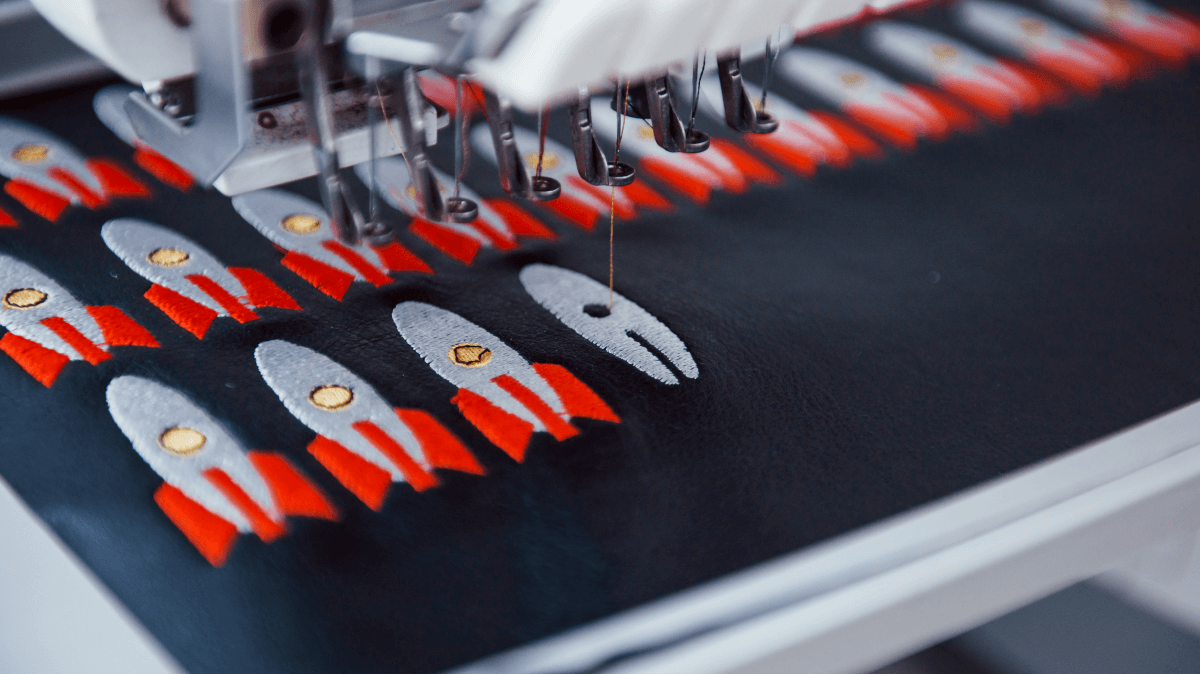Remember when the tax rate for all companies was 30%? Well since 2015 this rate has been slowing dropping. Here is what you need to know about the accelerated tax rate reduction and how it affects your business.
In the 2015-16 tax year the threshold for the reduction was those businesses under $2 million turnover, in the 2016-17 year it rose to $10 million and in 2017-18 it rose even further to encompass those under $25 million turnover. From this year on it will cover those businesses under $50 million. These changes will positively impact an estimated 3.3 million Australian businesses.
The corporate tax rate will continue to reduce over the next 3 years for those entities that are base rate entities (BRE’S). The current tax rate is 27.5%, but this will change as below:
- A 26% rate will apply to BREs for the year ending 30 June 2021, and
- A 25% rate will apply to BREs from 1 July 2021
What does it means for Small Businesses in comparison to other countries?
For many small businesses this is a needed relief. Many other countries are cutting their corporate tax rates and this will help our companies be more competitive in the market. The US has a current tax rate of 35%, but the Trump target is 15%. The UK’s current rate is 20% and their 2020 target is 17%. Singapore is already at 17%, China is at 17.5% and Canada is 15%.
So what is a base rate entity?
While there are turnover restrictions (under $50 million from this year on), there are also other restrictions. Firstly, no more than 80% of their income can be of a passive nature.
Passive income includes that from dividends, franking credits, non-share dividends, interest income, royalties, rent, net capital gains and gains on securities and some trust and partnership distributions. There are extra tests that need to be applied where the income is derived through a chain of trusts and partnerships.
The new tax rate does impact the top-up tax for individuals receiving fully franked dividends. From the 2016-17 the franking credits on fully franked dividend is determined on a year by year basis. In many cases it will be the same as the corporate tax rate, however, there may be situations where the corporate tax rate and the maximum franking rate are different in a particular year.
This may become a problem for some SBE’s in the future as the company tax rate reduces down to 25%, in some cases companies may have paid tax on profits at 30% but can only apply a 25% franking rate to dividends paid out in future years.
Speak to one of our tax advisors to understand how these changes are going to affect your business.
This article is intended to provide general information only, and is not to be regarded as legal or financial advice. The content is based on current facts, circumstances, and assumptions, and its accuracy may be affected by changes in laws, regulations, or market conditions. Accordingly, neither Azure Group Pty Ltd nor any member or employee of Azure Group or associated entities, undertakes responsibility arising in any way whatsoever to any persons in respect of this alert or any error or omissions herein, arising through negligence or otherwise howsoever caused. Readers are advised to consult with qualified professionals for advice specific to their situation before taking any action.








Comment